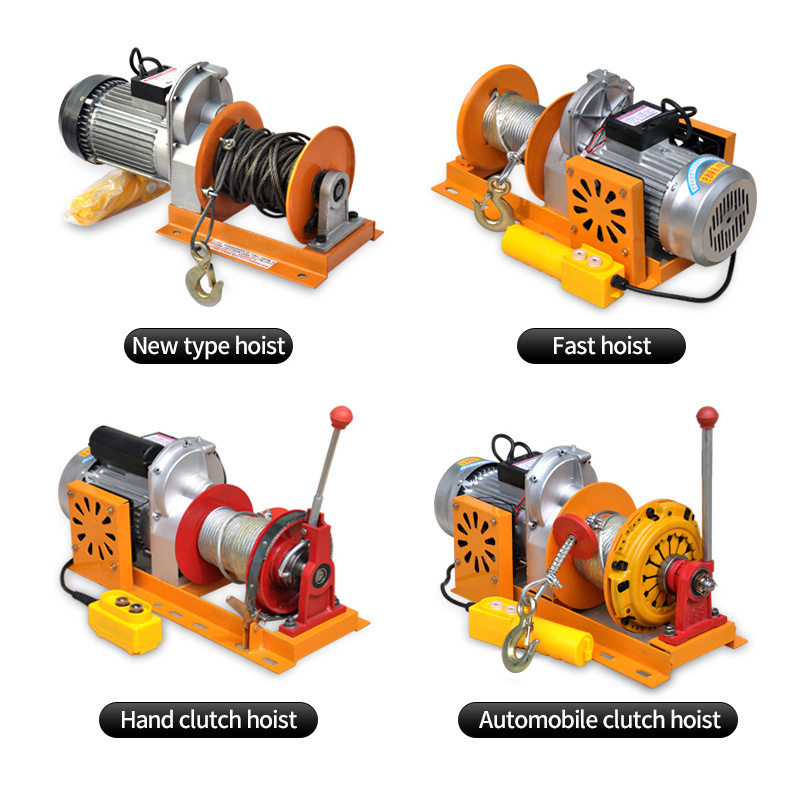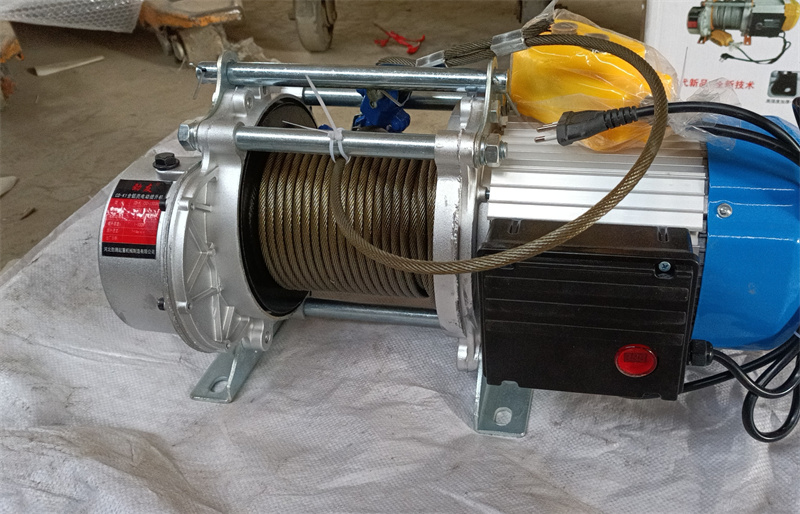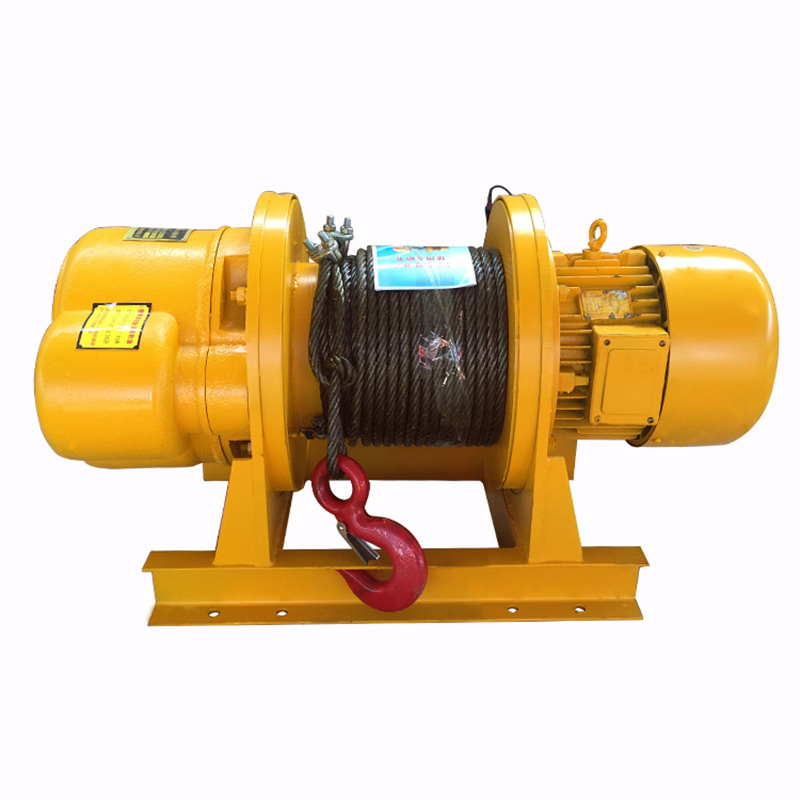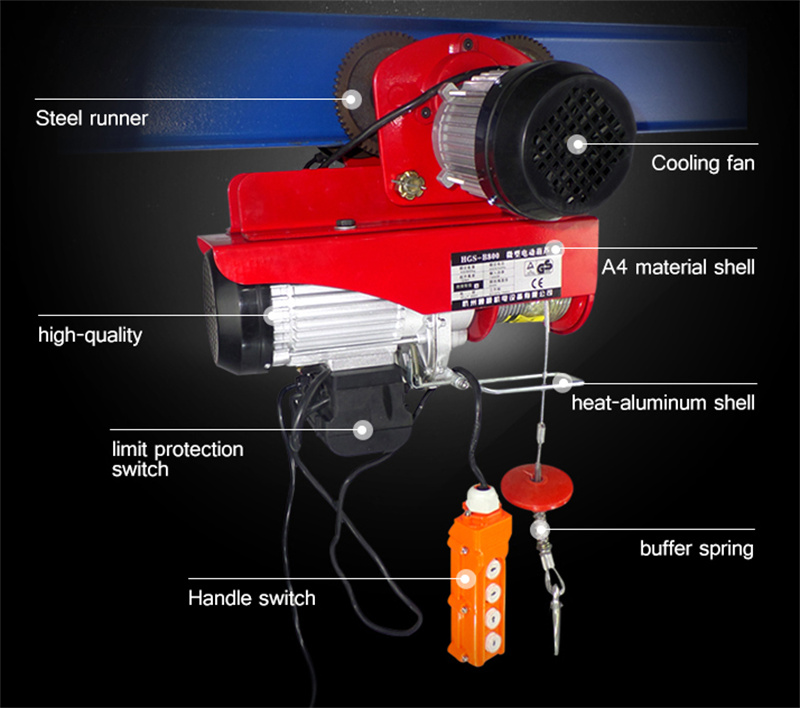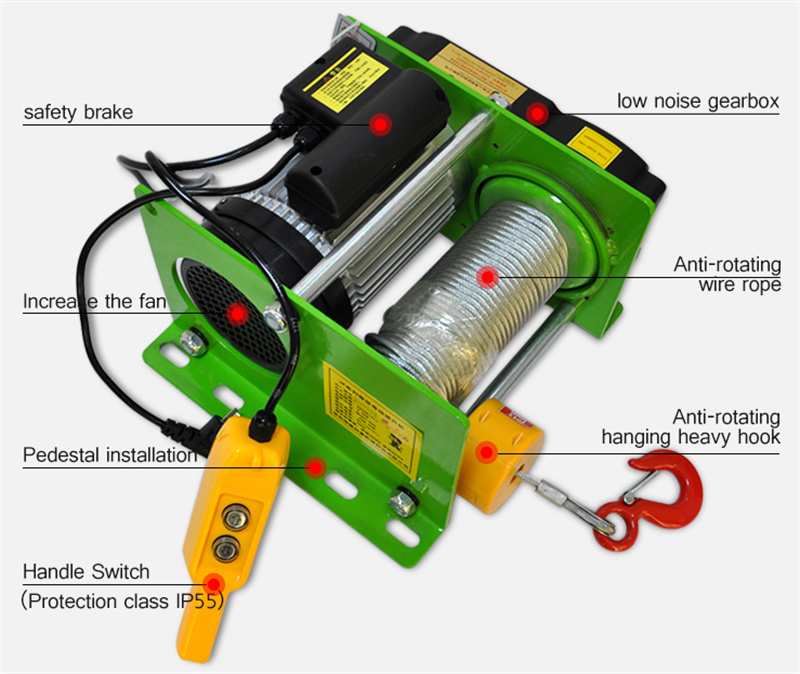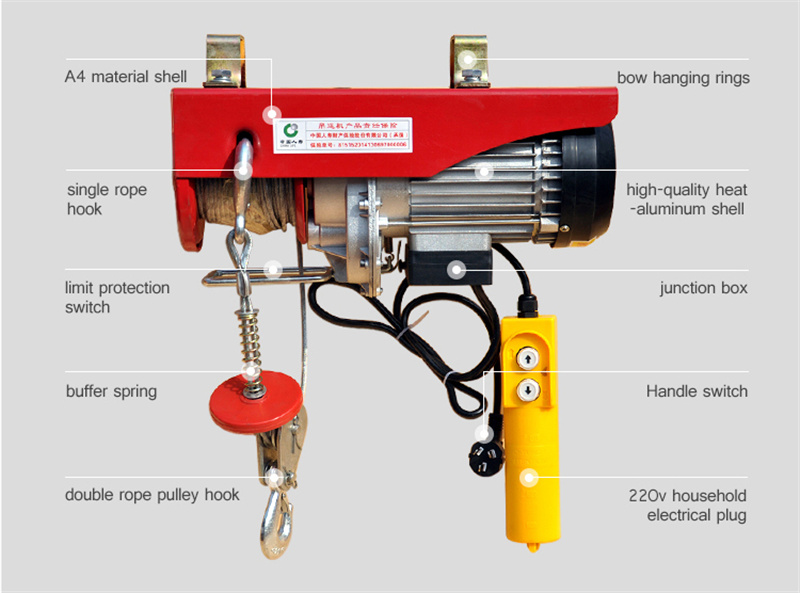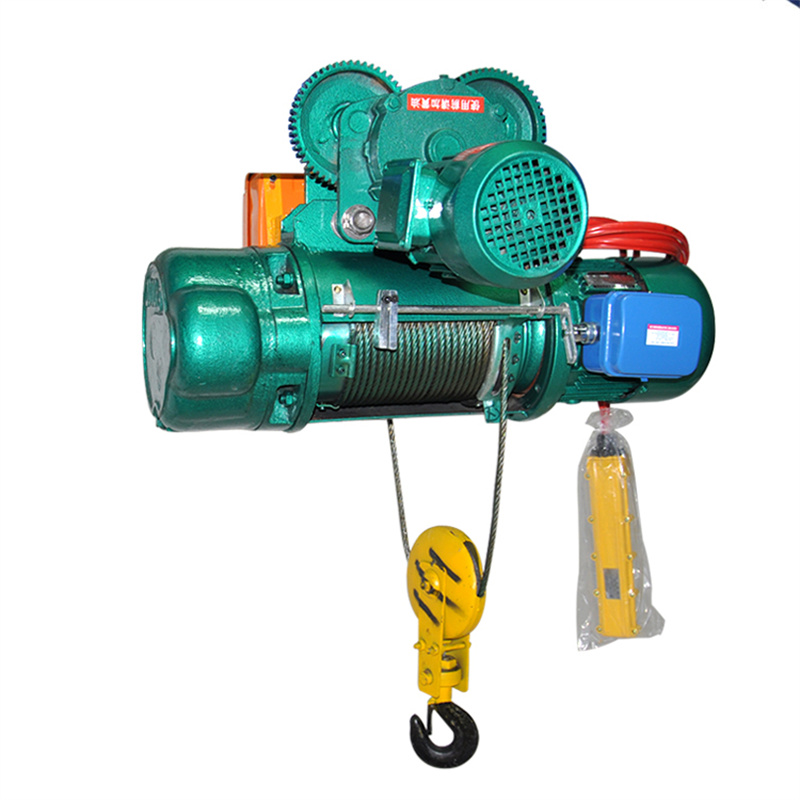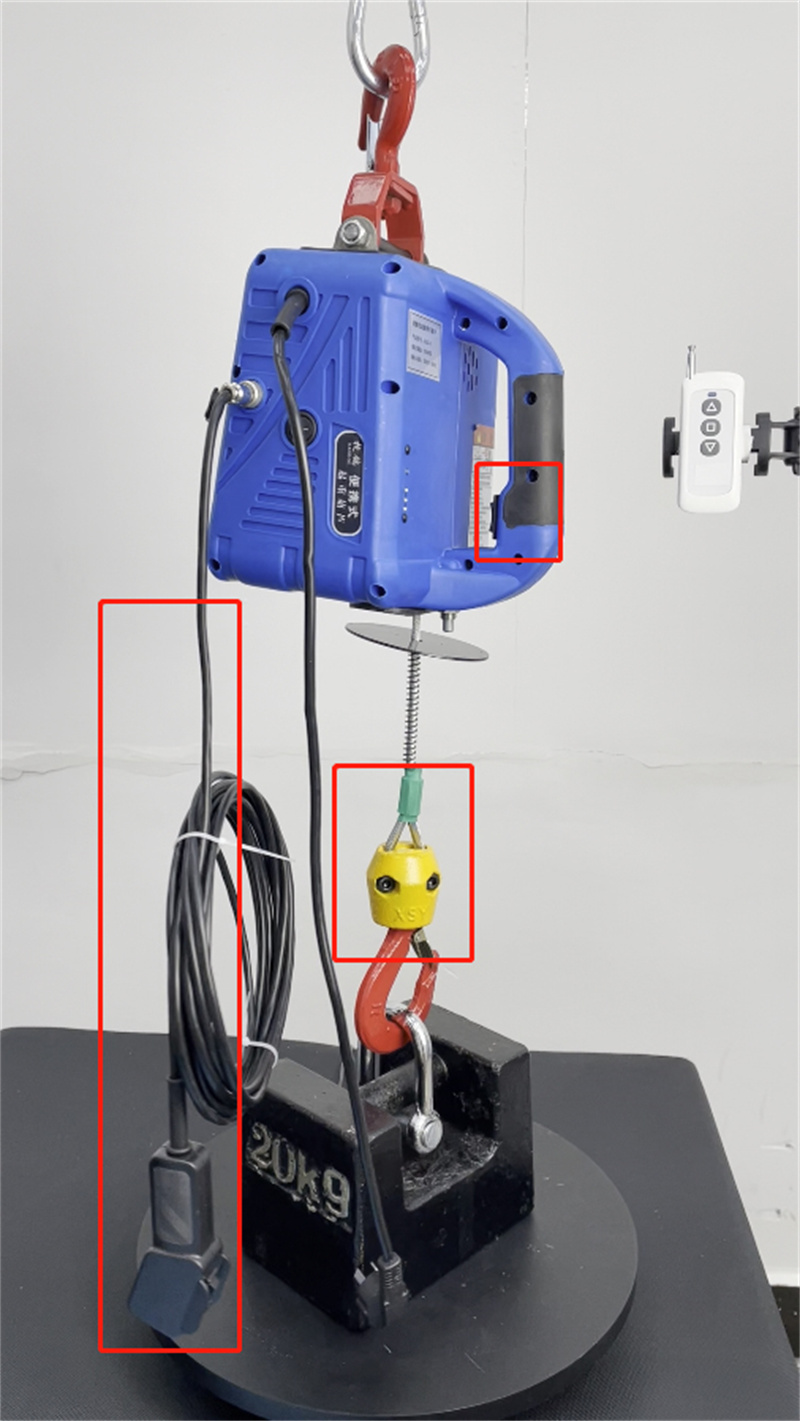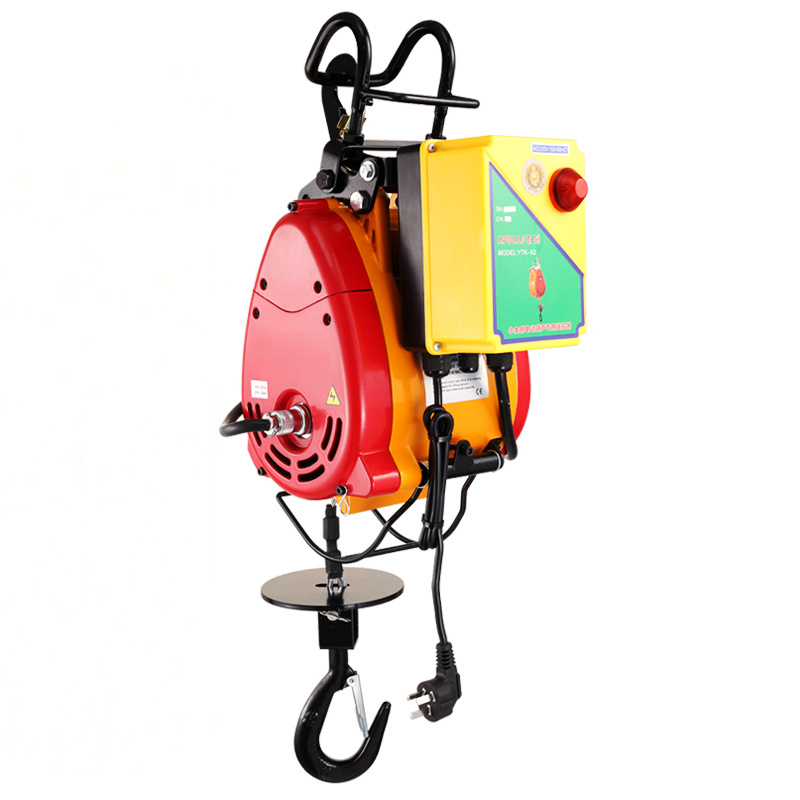Electric chain hoists and wire rope hoists are both commonly used lifting devices, but they have distinct characteristics, advantages, and disadvantages. Below is a detailed comparison of the two
1. Construction and Design
Electric Chain Hoists:
Composed of a chain that is wound around a drum.
Typically lighter and more compact in design.
Generally easier to transport and install in confined spaces.
Wire Rope Hoists:
Uses a wire rope that is coiled around a drum.
Usually heavier and bulkier.
Designed for heavy-duty applications, often with a higher lifting capacity.
2. Lifting Mechanism
Electric Chain Hoists:
Lifting is achieved through a chain and sprocket system.
The chain can be easily replaced if damaged.
Limited lifting height due to the chain’s length.
Wire Rope Hoists:
Lifting is accomplished through a wire rope that wraps around a drum.
More suitable for higher lifting applications.
Wire ropes are more durable but can be more complicated to replace if damaged.
3. Lifting Capacity
Electric Chain Hoists:
Generally suited for lighter loads, typically ranging from 1 ton to 10 tons.
Ideal for applications like maintenance, assembly lines, and smaller workshops.
Wire Rope Hoists:
Capable of lifting much heavier loads, often exceeding 10 tons.
Used in construction, shipping, and heavy manufacturing industries.
4. Speed and Control
Electric Chain Hoists:
Usually have a slower lifting speed, which can be beneficial for precision lifting.
Often equipped with variable speed controls.
Wire Rope Hoists:
Typically faster lifting speeds due to the design of the wire rope mechanism.
Can also feature variable speed options for greater control.
5. Durability and Maintenance
Electric Chain Hoists:
Generally require less maintenance, but the chains may stretch over time and need adjustment.
More susceptible to wear if used in harsh environments.
Wire Rope Hoists:
Known for their durability and ability to withstand rough conditions.
Require regular inspections and maintenance, especially of the wire rope.
6. Cost
Electric Chain Hoists:
Typically more affordable than wire rope hoists.
Lower initial investment and maintenance costs.
Wire Rope Hoists:
Generally more expensive due to their robust construction and higher lifting capacity.
Higher operational costs associated with maintenance.
7. Applications
Electric Chain Hoists:
Commonly used in warehouses, factories, and garages.
Suitable for lighter lifting tasks and maintenance work.
Wire Rope Hoists:
Ideal for construction sites, heavy manufacturing, and shipping yards.
Used for tasks requiring high lifting capacity and long lifting heights.
8. Safety Features
Electric Chain Hoists:
Often equipped with overload protection, limit switches, and emergency stops.
Wire Rope Hoists:
Also feature overload protection, but may include additional safety mechanisms due to the heavier loads they handle.
Conclusion
Choosing between an electric chain hoist and a wire rope hoist depends on the specific requirements of the application, including load capacity, lifting height, and environmental conditions. Electric chain hoists are ideal for lighter, more precise lifting tasks in confined spaces, while wire rope hoists excel in heavy-duty applications requiring higher lifting capacities.
Post time: Apr-28-2025





